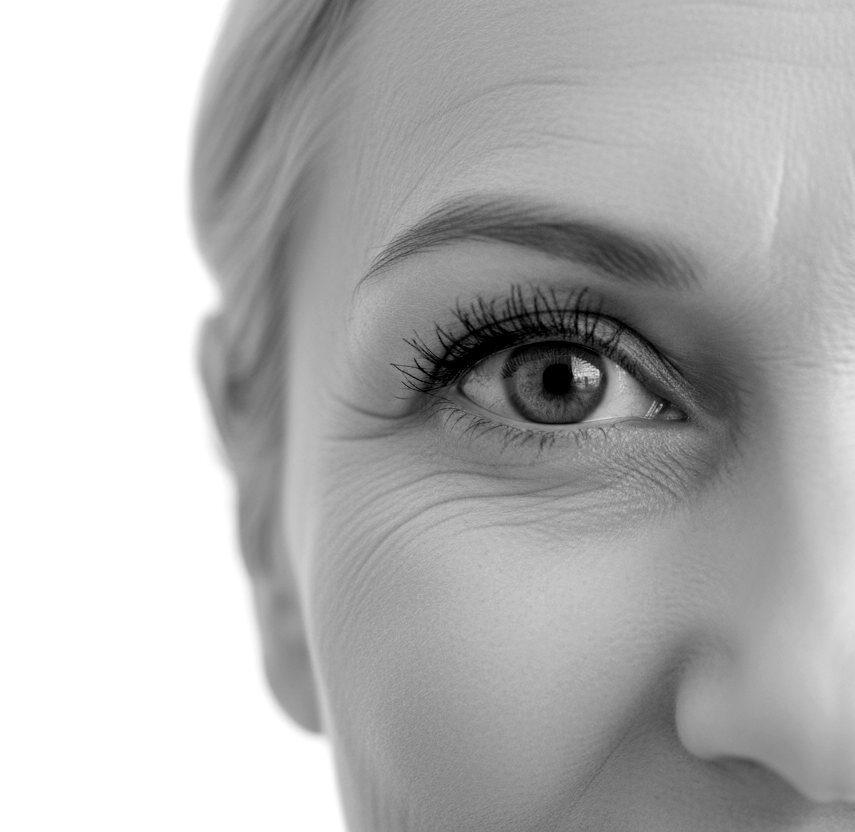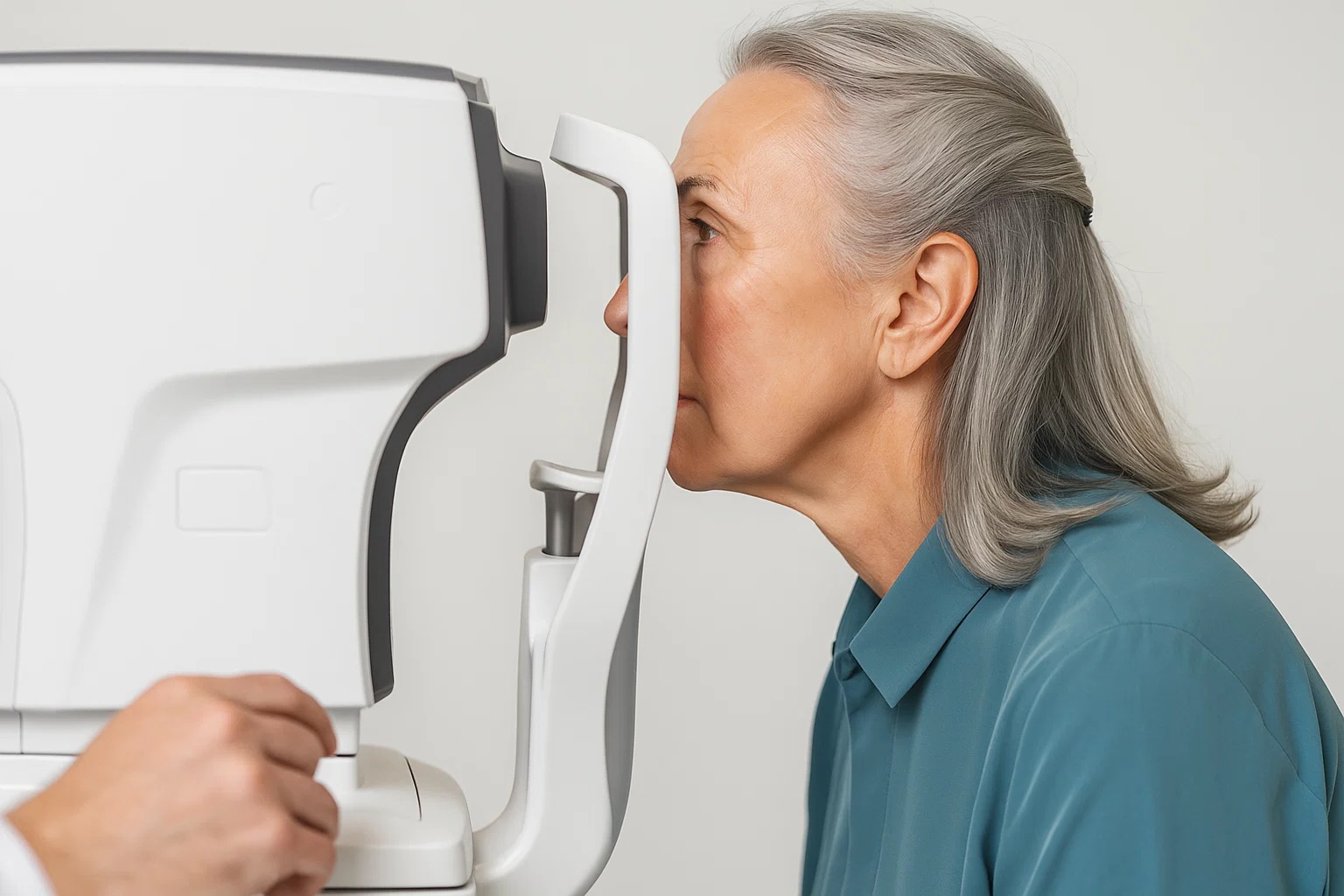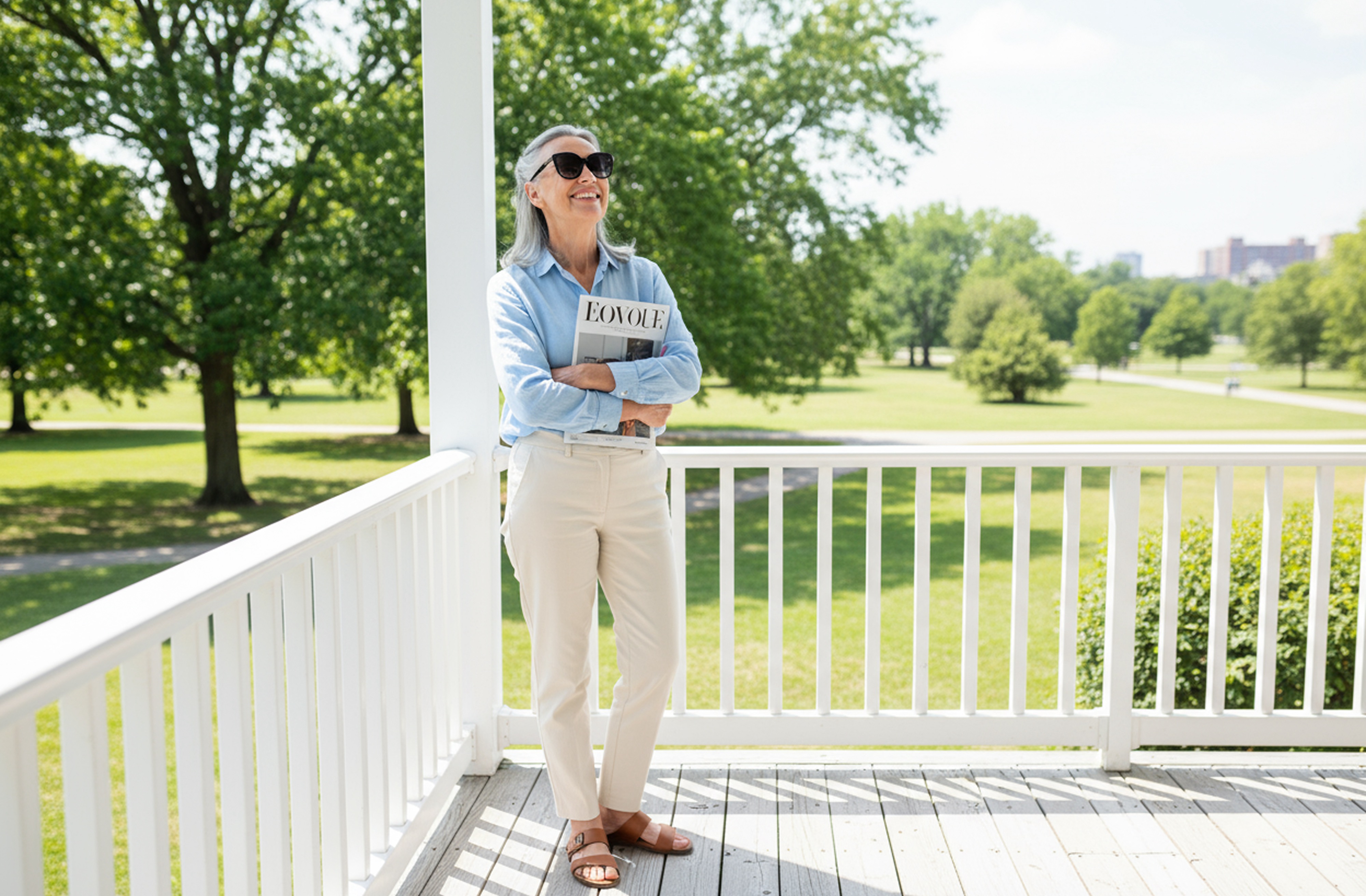At Trinidad Vision Cataract & Laser Eye Center, we are committed to helping patients achieve the best vision possible through advanced technology and personalized care. The Light Adjustable Lens(LAL) gives us a unique ability to fine-tune vision after surgery to match a patient’s lifestyle needs. This case demonstrates how thoughtful adjustments with LAL helped a patient regain visual comfort and confidence.


A 68-year-old patient presented for an initial evaluation after having cataract surgery with another surgeon. She had a long history of functioning well with monovision—using one eye for near and the other for distance.
During her initial evaluation, her eyes were adjusted into a different monovision setup than she was accustomed to. Despite three separate adjustment sessions, she felt unbalanced and uncomfortable with her vision. She described difficulty with daily activities, reading, and distance clarity.

Lens status: Pseudophakia OU with well-positioned PCIOLs (LALs in both eyes)
Cornea: Clear, healthy endothelium, mild tear film instability
Anterior chamber: Deep and quiet
Iris: Round, reactive
Posterior segment:
• Optic nerves: Good color, normal size, C/Dratio 0.3
• Macula: Flat, normal contour
• Retinal vessels: Within normallimits
• Periphery: Normal
Dry eye findings: Tear film instability contributing to intermittent blur


Using the Light Adjustable Lens technology, we carefully reviewed her history, eye dominance, and personal preferences. Together, we made a plan to restore the monovision setup she had always used.
Adjustments performed:
Moved the right eye back toward near (~ -2.00 to -2.25 D)
Balanced the left eye toward plano for distance clarity
Performed staged checks to ensure comfort and function
Optimized her ocular surface with Cequa BID and artificial tears for stability
Once she was satisfied, we performed final lock-in treatments to preserve herresults
The patient experienced immediate improvement once her preferred monovision was restored. Her distance vision became crisp, her near tasks felt natural again, and her sense of balance returned.
By the time of lock-in, she reported stable, functional, and comfortable vision that finally matched her daily needs.


LAL technology is flexible and powerful. Even after multiple adjustments, still be guided to their ideal visual outcome.

The right target matters most. Monovision is highly individual—what works for one patient may not for another.

Partnership with patients is essential. Listening to lifestyle needs is just as important as the exam itself.

Surface optimization supports clarity. Treating dry eye improved her comfort and stability throughout the process.
